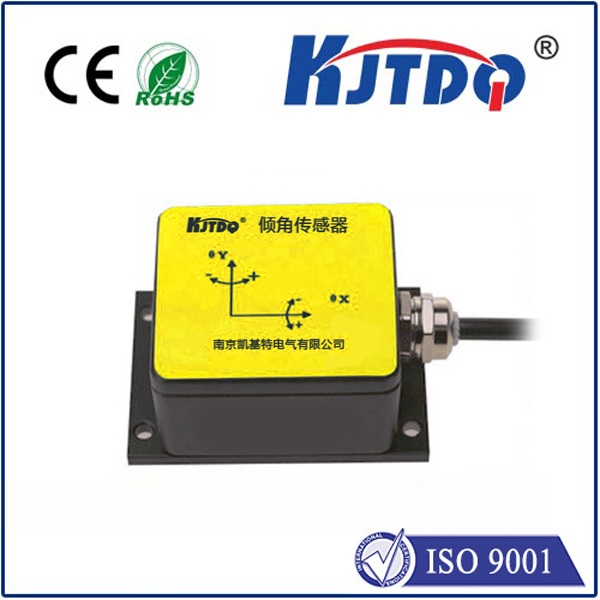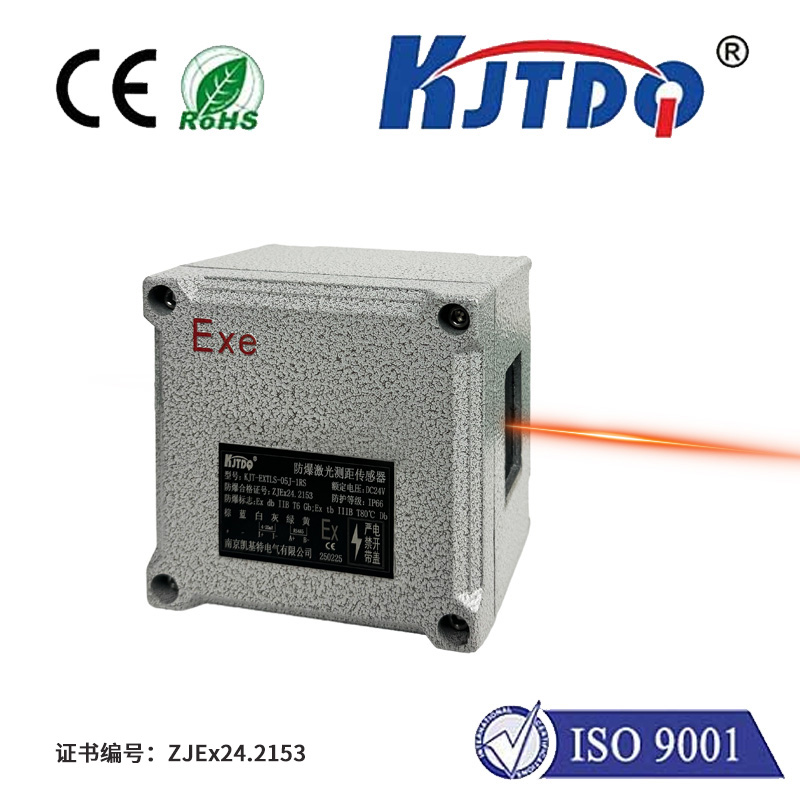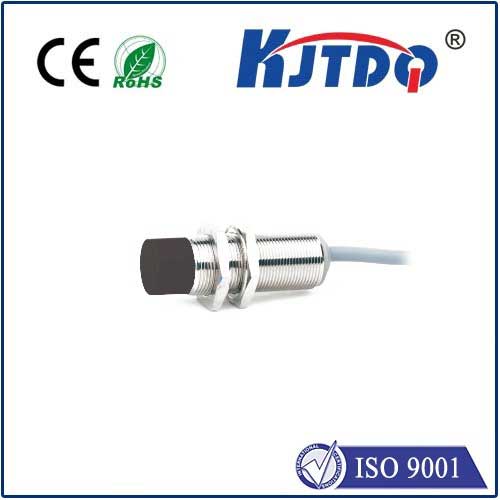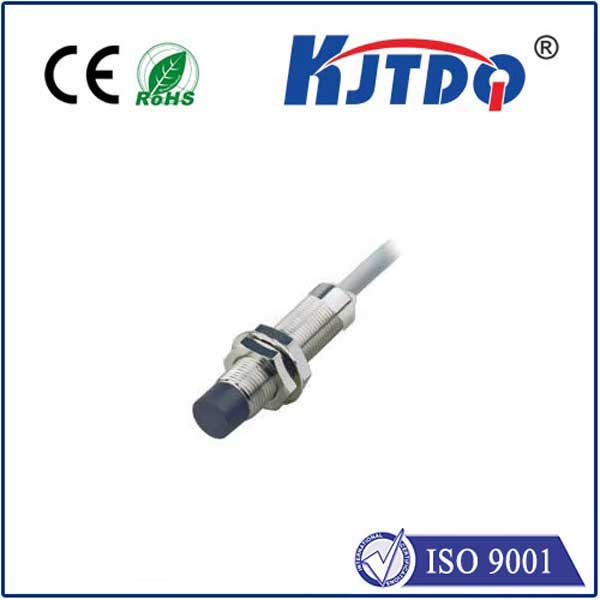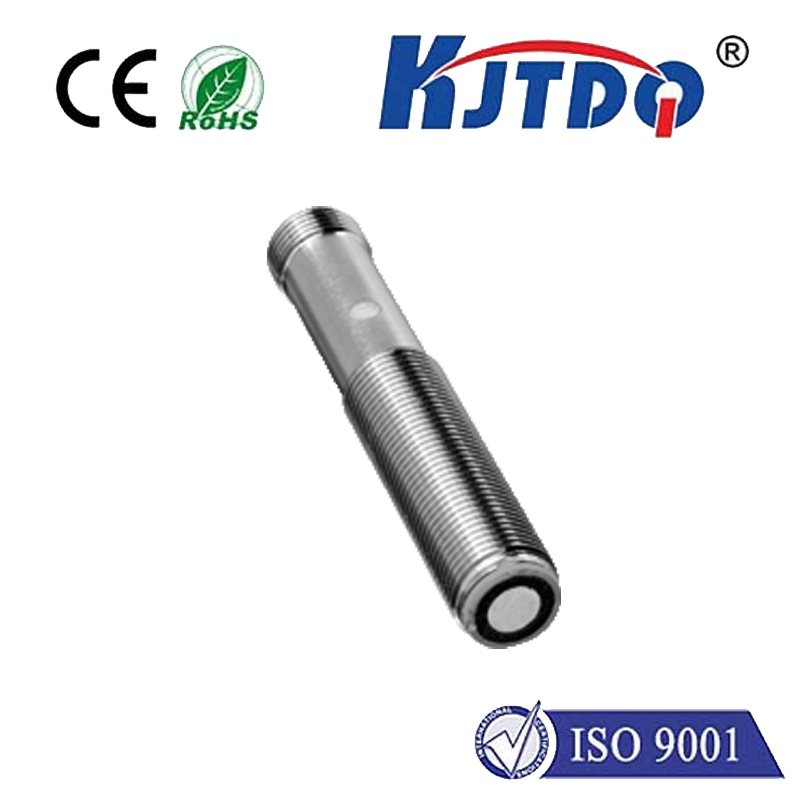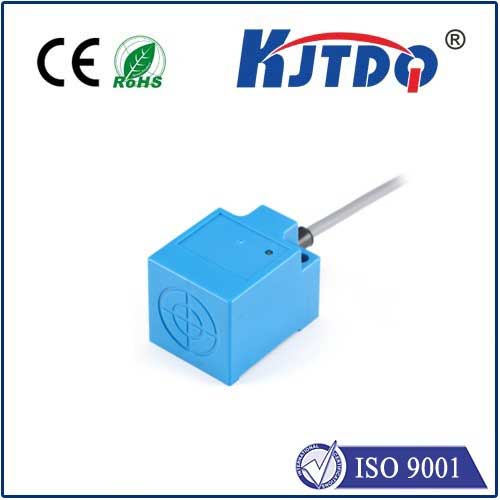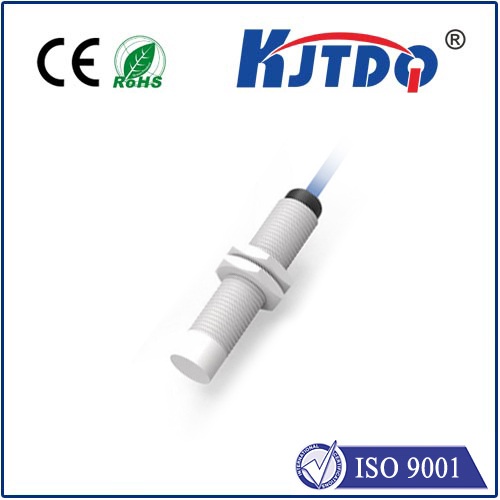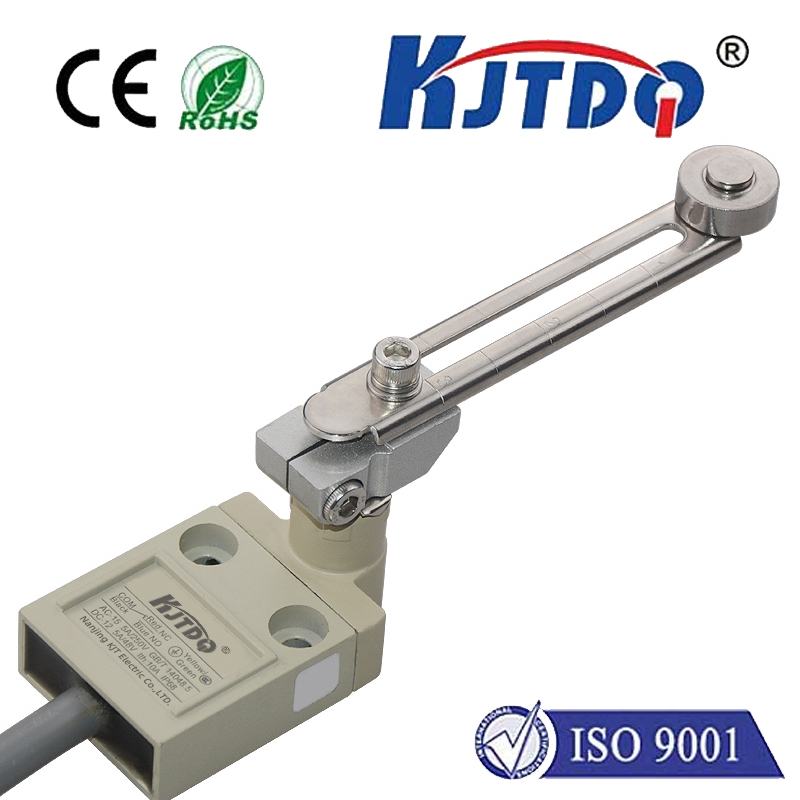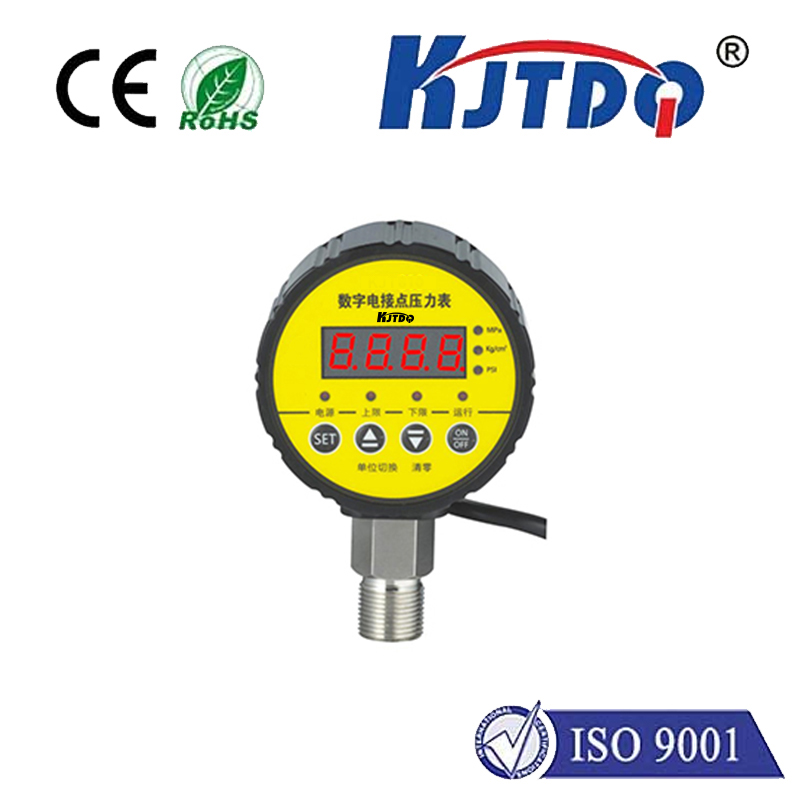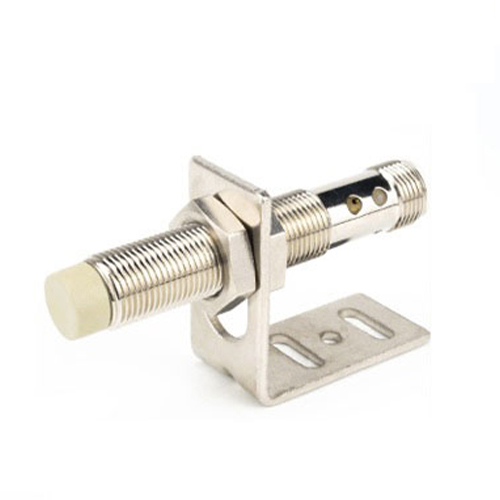The Essential Guide to Magnetic Pickup Speed Sensors: How They Work and Why They Matter In the world of modern engineering and automation, precision and reliability are non-negotiable. Whether it’s monitoring the speed of a conveyor belt, a rotating shaft, or a vehicle’s wheel, accurate speed measurement is critical. Magnetic pickup speed sensors (often abbreviated as mag pickup sensors) have emerged as a trusted solution for this purpose. But what exactly are they, and why are they so widely used? Let’s dive into the mechanics, applications, and benefits of these indispensable devices.
А.датчик скорости магнитного звукоснимателя is a non-contact device designed to measure the rotational speed of a target object. It operates on the principle of electromagnetic induction, detecting changes in a magnetic field caused by the movement of a ferromagnetic target, such as a gear tooth or a rotating shaft. The sensor generates a voltage signal proportional to the speed of the target, which can then be processed by control systems or monitoring equipment.
At its core, a mag pickup sensor consists of a magnet, a coil, and a housing. When a ferromagnetic target (like a gear tooth) passes near the sensor, it disrupts the magnetic field, inducing a voltage in the coil. This voltage pulse is then converted into a speed reading. Here’s a step-by-step breakdown of how it works:
The sensor’s magnet generates a stable magnetic field.
As the target moves, its ferromagnetic material interacts with the field, causing fluctuations.
These fluctuations induce a voltage in the coil, creating a pulse signal.
The frequency of the pulses corresponds to the speed of the target. This simple yet effective mechanism makes magnetic pickup speed sensors highly reliable and durable, even in harsh environments.
Mag pickup sensors are known for their precision. Unlike optical sensors, which can be affected by dust or debris, magnetic sensors are immune to such environmental factors. This makes them ideal for industrial settings where cleanliness is hard to maintain.

With no moving parts and a robust design, these sensors can withstand extreme temperatures, vibrations, and moisture. Their non-contact operation also minimizes wear and tear, ensuring a long service life.
Magnetic pickup sensors are relatively easy to install and require minimal maintenance. They can be mounted close to the target without physical contact, reducing the risk of damage to either the sensor or the target.
These sensors are used in a wide range of applications, from automotive systems to industrial machinery. Their ability to measure speed in various conditions makes them a go-to choice for engineers and technicians.
In vehicles, mag pickup sensors are commonly used to monitor wheel speed for anti-lock braking systems (ABS) and transmission systems. Their reliability ensures accurate data for critical safety and performance functions.
In manufacturing plants, these sensors are used to monitor the speed of conveyor belts, motors, and turbines. Their durability makes them suitable for harsh industrial environments.
In aircraft, magnetic pickup sensors are employed to measure the speed of engines and other rotating components. Their ability to operate in extreme conditions is crucial for aviation safety.
In wind turbines, these sensors help monitor the rotational speed of the blades, ensuring optimal performance and preventing mechanical failures.
The sensor’s effectiveness depends on the ferromagnetic properties of the target. Ensure the target material is compatible with the sensor’s design.
Mag pickup sensors typically produce an AC voltage signal. However, some models include built-in signal conditioning to provide a more stable output. Choose a sensor that aligns with your system’s requirements.
Consider factors like temperature, humidity, and vibration when selecting a sensor. Many models are designed to withstand extreme conditions, but it’s essential to verify their specifications.
Proper installation is crucial for accurate measurements. Ensure the sensor is correctly aligned with the target to avoid signal distortion.
Recent innovations have further enhanced the capabilities of these sensors. For instance, digital signal processing (DSP) technology has improved signal accuracy, while miniaturization has allowed for more compact designs. Additionally, wireless connectivity is being integrated into some models, enabling remote monitoring and diagnostics.
In environments with strong electromagnetic interference (EMI), signal noise can be an issue. Shielding the sensor and using twisted-pair cables can mitigate this problem.
Uneven or damaged targets can lead to inconsistent readings. Regular maintenance and inspection of the target surface can help maintain accuracy.
While mag pickup sensors are generally durable, extreme temperatures can affect their performance. Selecting sensors with a wide operating temperature range is essential for such applications.
Magnetic pickup speed sensors are a cornerstone of modern speed measurement technology. Their combination of accuracy, durability, and versatility makes them indispensable across various industries. Whether you’re designing a vehicle, managing an industrial plant, or maintaining renewable energy systems, these sensors provide the reliability and precision you need. By understanding their working principle, applications, and selection criteria, you can make informed decisions that enhance the performance and longevity of your equipment.
